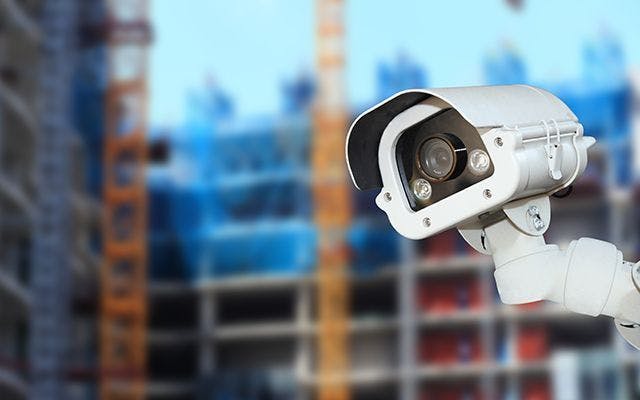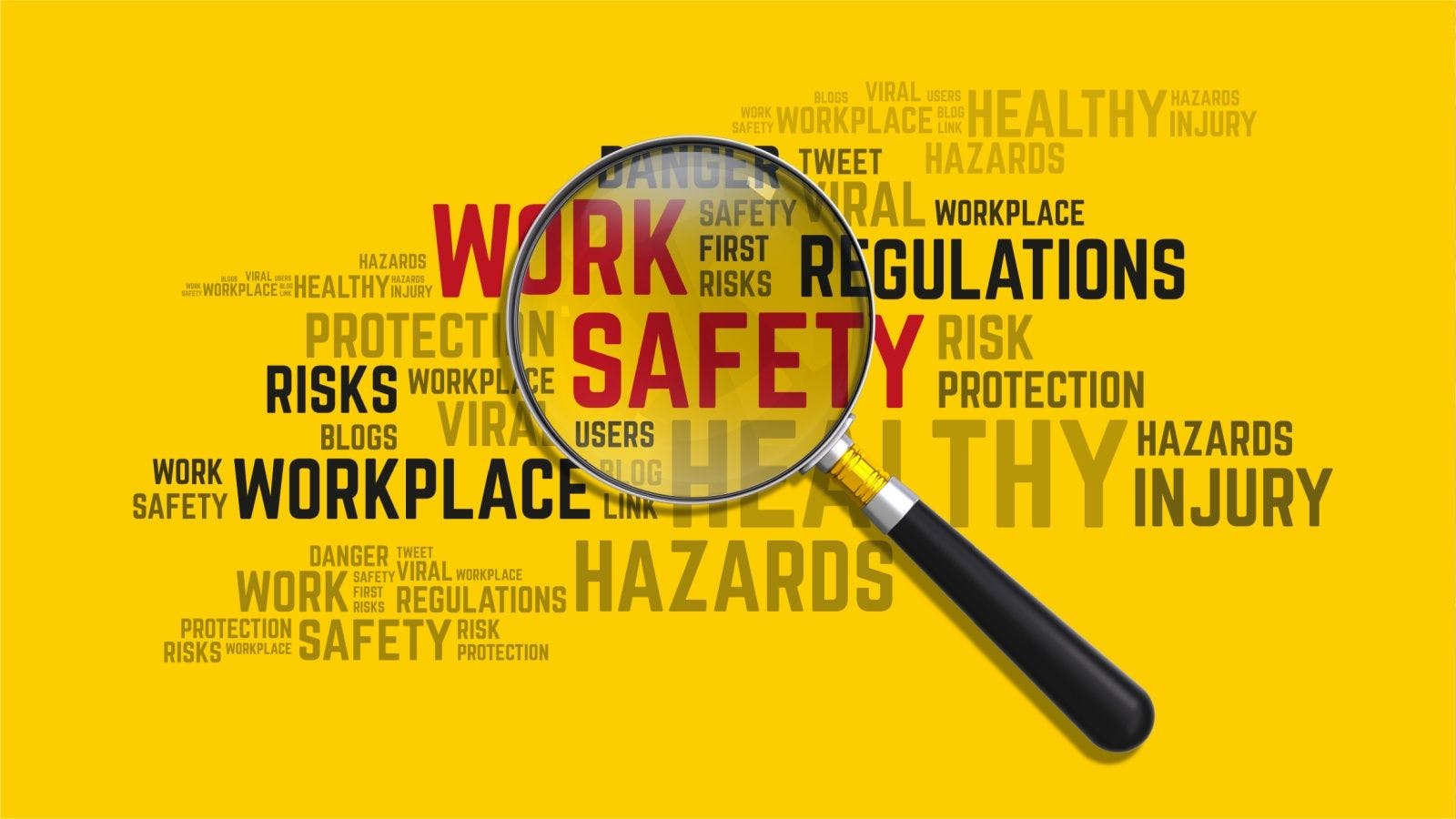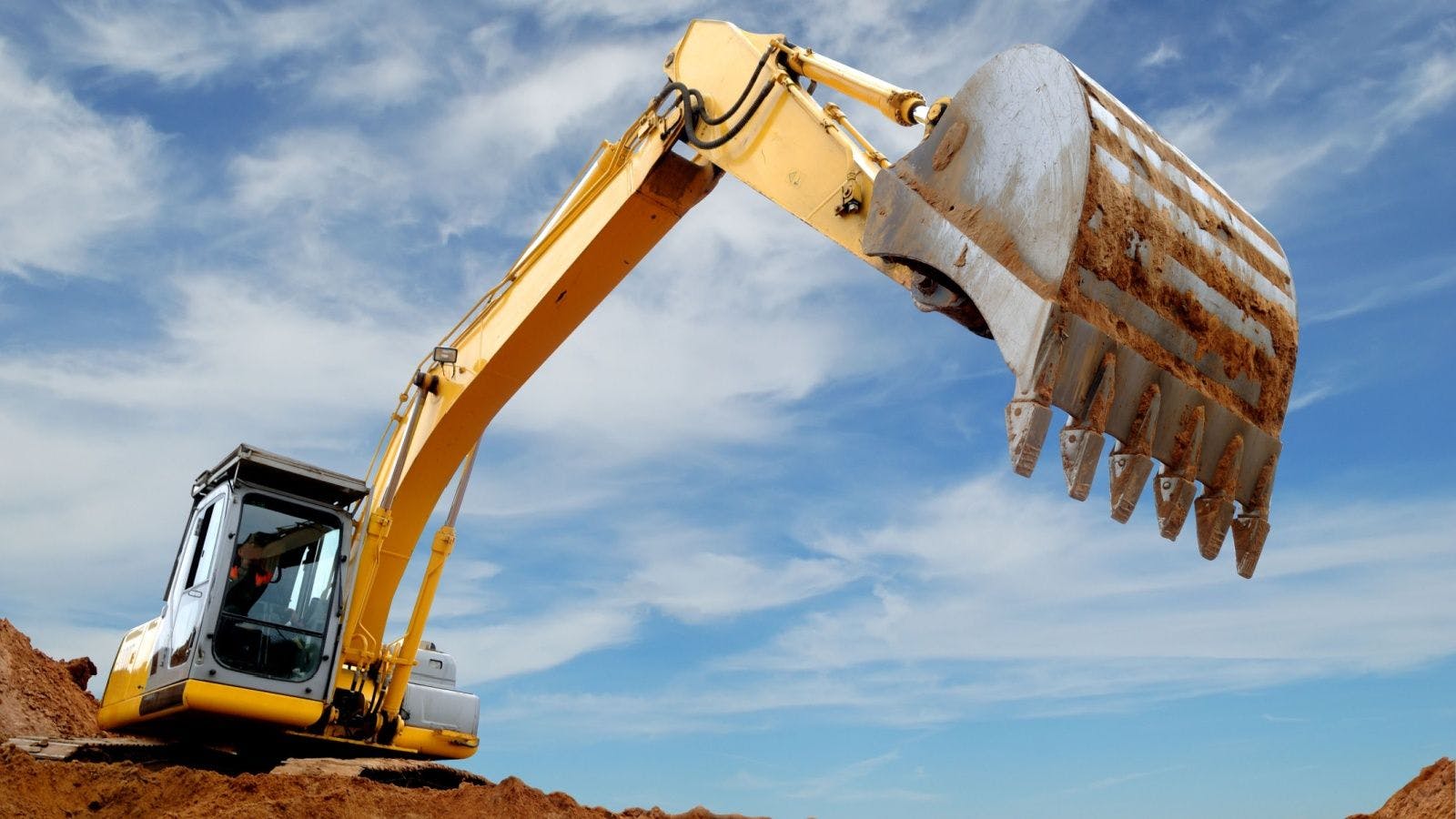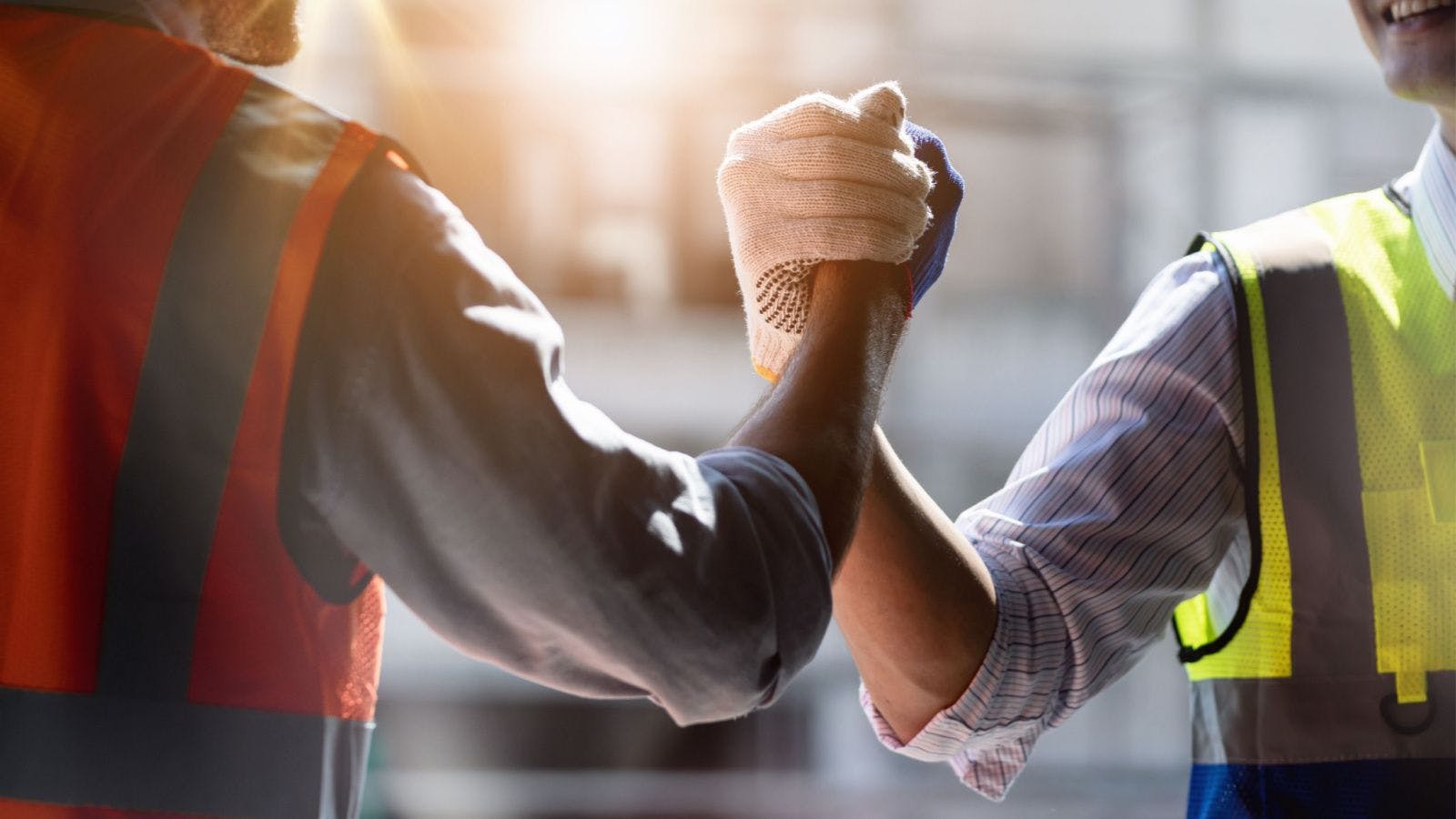
Implement a Multi-layered Approach to Prevent Construction Jobsite Theft
Jobsite Security Challenges Cost Delays, Damages and Dollars
Construction site security is a major challenge for many businesses. The lack of proper jobsite security can lead to a wide variety of property losses, which cost the insurance and construction industries approximately $1 billion annually.
Types of losses can vary widely in size and scope, but could range from a multi-million dollar arson fire to simple theft of contractor tools. Besides the obvious direct physical loss, such losses can result in significant project delays and damage to the reputation of the owner, developer and general contractor.
The first step in evaluating a jobsite is to perform an initial risk assessment by a security professional, one familiar with jobsite theft and arson incidents. The assessment should consider the type of construction (combustible buildings are more prone to large fire losses than non-combustible construction), types of equipment and materials expected to be used or stored and the character of neighborhood the jobsite will be located in. Although it is common to hear from project owners and insurance brokers that there are “little to no worries” of arson in a particular neighborhood, and that additional security is not warranted, it’s important to remember that upscale areas are just as prone as others. Major arsons on new construction projects can occur anywhere someone might have an agenda.
One of the obvious challenges in trying to secure a construction site is that the building will be open during the normal course of the project, especially during the early and middle phases. Thus, protecting the jobsite perimeter is often a good first step. An eight-foot chain link or plywood fence with posts firmly anchored into the ground is the best option, using high-quality, case-hardened padlocks on all gates. Unfortunately, many construction sites utilize simple rental fences, which are held in place with sandbags and often have multiple gaps in between fence sections that provide very minimal security. These types of fences are more suitable to guard against neighborhood children entering the jobsite from a liability perspective, rather than from a physical security perspective.
In addition to a good quality fence, proper nighttime lighting, both inside and outside the building, is recommended. In regards to jobsite security, the insured should understand that there is no 'industry standard' that these security systems must meet (such as UL certification, etc.), therefore the quality of the design and installation becomes very subjective. A risk analysis by a qualified professional should be done prior to purchasing and installing the system to ensure it meets the insurance company guidelines in their insurance policy.
For many years, insurers often insisted that the policyholder hire security guard(s) to watch over the property while under construction, particularly during non-construction hours. If a security guard is the chosen option, the guard should come from a licensed and bonded security guard service and be required to perform at least hourly rounds of the site. Those rounds should be recorded to verify the guard is present and doing his job properly. Many times, if one critically reviews security guard logs, the guard ‘disappears’ for several hours during overnight shifts. Someone on the project team should be assigned to review guard rounds on a frequent basis.
Within the past 10 years, technological advances have allowed for security surveillance systems to monitor jobsites in lieu of a security guard. These systems can range from do-it-yourself installations with motion detectors connected to a cellular transmitter that will send a signal to someone’s cell phone or laptop saying motion is detected on the site, to complete perimeter surveillance systems with high-end, motion activated cameras watching the jobsite perimeter and monitored by a qualified third-party central station monitoring company. A central station monitoring company, which is ‘listed/certified’ by Underwriters Laboratories (UL) or a similar approval agency, offers the best level of monitoring service. Unfortunately, some businesses employ under-designed systems for the risk at hand, such as one or two cameras with a motion sensing range of 50 feet trying to monitor a 10 acre construction site, and being monitored from a smartphone.
While trying to protect an open construction site, the topic of heavy mobile equipment theft is also a major consideration for the project or equipment owner. Heavy equipment theft is a leading cause of insurance losses, with some states more prone than others, such as Texas and Florida. Smaller, more mobile machines such as skid steers, air compressors and generators continue to be hot commodities for thieves; however, even larger machines such as excavators are routinely stolen. In recent months, there has also been a spike in equipment vandalism or arson on oil and gas pipeline projects, resulting in increased surveillance for many of those jobsites.
Various methods are available to help guard against such theft losses, including replacing Original Equipment Manufacturers (OEM) keys with after-market keys, as many OEM keys are identical and can start multiple pieces of equipment. Proactive security measures such as covert GPS tracking devices with geo-fencing capabilities are excellent, and can alert equipment owners if their machine travels outside a pre-designated area. Equipment locks specially designed to immobilize specific pieces of equipment add an extra layer of security as well. This, in addition to the previously mentioned jobsite surveillance, proves to be an effective deterrent for theft on site.
In the event the equipment is stolen, registering the individual pieces with a service such as the National Equipment Register (NER) is recommended. It provides a database to law enforcement to identify stolen pieces of equipment and a network to quickly notify local law enforcement of a machine being stolen. Etching a unique number in a hidden place on the machine is also a method to allow for better recovery, as many machines look-alike and thieves normally scrape off any easily identifiable markings soon after theft. Unique painting schemes which can be easily identified also may help in recovery.
While there is no one single method to preventing jobsite theft, having a multi-layered approach via the options above is always the preferred method, hopefully leading to a reduction in both losses and potential business interruption.
Related stories








